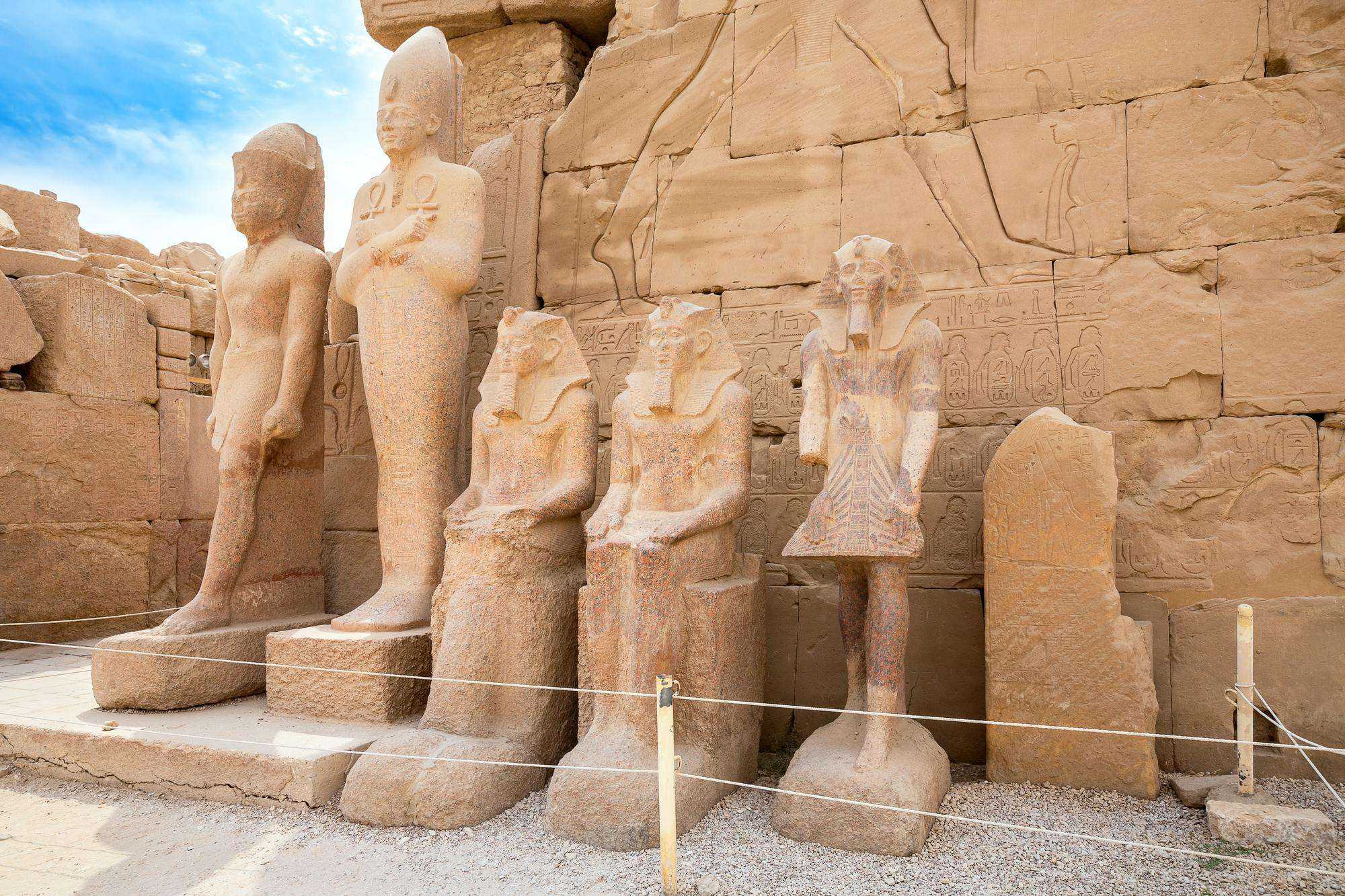BY DAVE RANKIN
The impact of the life of Kemet’s Liberator, Ahmose 1st had been cemented into the echoes of history by the time his son and successor, Amenhotep 1st had taken the throne. The tall tales of his father’s victorious battles were told to assist with not just the rearing of this young man. It was for the preparation of what was at stake; the legacy of his lineage and the advanced glory of the nation.
Amenhotep 1st heard of the brutal deaths of his uncle and grandfather on the battlefield at the hands of Kemet’s most recent antagonists, the Hyksos. He became aware of his beloved grandmother, Ahhotep. Her work was gravely instrumental in keeping the nation together by thwarting those same adversaries and in schooling his young father in the ways of ruler ship. Amenhotep 1st was well educated in the family’s history. The untimely passing of his older brother, Ahmose-ankh, flung him into duty before his time.
His mother, Queen Ahmose Nefretiri carried on the royal tradition of playing an integral role during his reign. This is where the influence of his father came into play. Having witnessed the deeds of her husband, Ahmose Nefretiri gave an account what it took to keep the nation flourishing and hold enemies at bay.
Amenhotep’s parents must have had some foresight when he was born, for his birth name meant, “Amun is pleased.” I say this because Amun and the nation of Kemet were very pleased as Amenhotep 1st was surely tested by the Libyans early in his reign. His successful campaign against the Libyans garnered further belief that he was truly the “Bull who conquered the Land,” a name given to him when he ascended the throne. Later during his reign he led a successful campaign into Nubia. However, the battlefield was not where Amenhotep 1st left his mark on the world’s stage.
Amenhotep 1st furthered his family’s legacy by erecting and reconstructing many structures along the Nile. Nearby cities such as Elephantine, Kom Ombo, and Abydos were recipients of his architectural attention. However it was his hometown and current capital of Kemet, Thebes (or its ancient name Waset) where Amenhotep’s most famous building project came to light.
The Temple of Karnak or Ipet-isut was given some serious attention by Amenhotep 1st as he commissioned his architect Ineni to expand the complex. I read somewhere that he used different types of stone such as alabaster and sandstone to complete the construction. A limestone gateway and a dedicated shrine to the God Amun was also built. Although it may not sound like much, it was hailed, as one of the largest man made religious complexes built. I also read that he commissioned some restoration performed on the Temple of Hathor as well.
Aside from a few military excursions, Amenhotep’s reign was a peaceful one. His political acumen allowed for a developed administrative organization with assistance from powerful families that helped solidify his vision. At the end of his reign of a little more than 21 years, Amenhotep 1st was buried somewhere close to the Valley of Kings. The pharaoh was deified as a ceremonial god in title alone, and later a small cult was established in his name.

